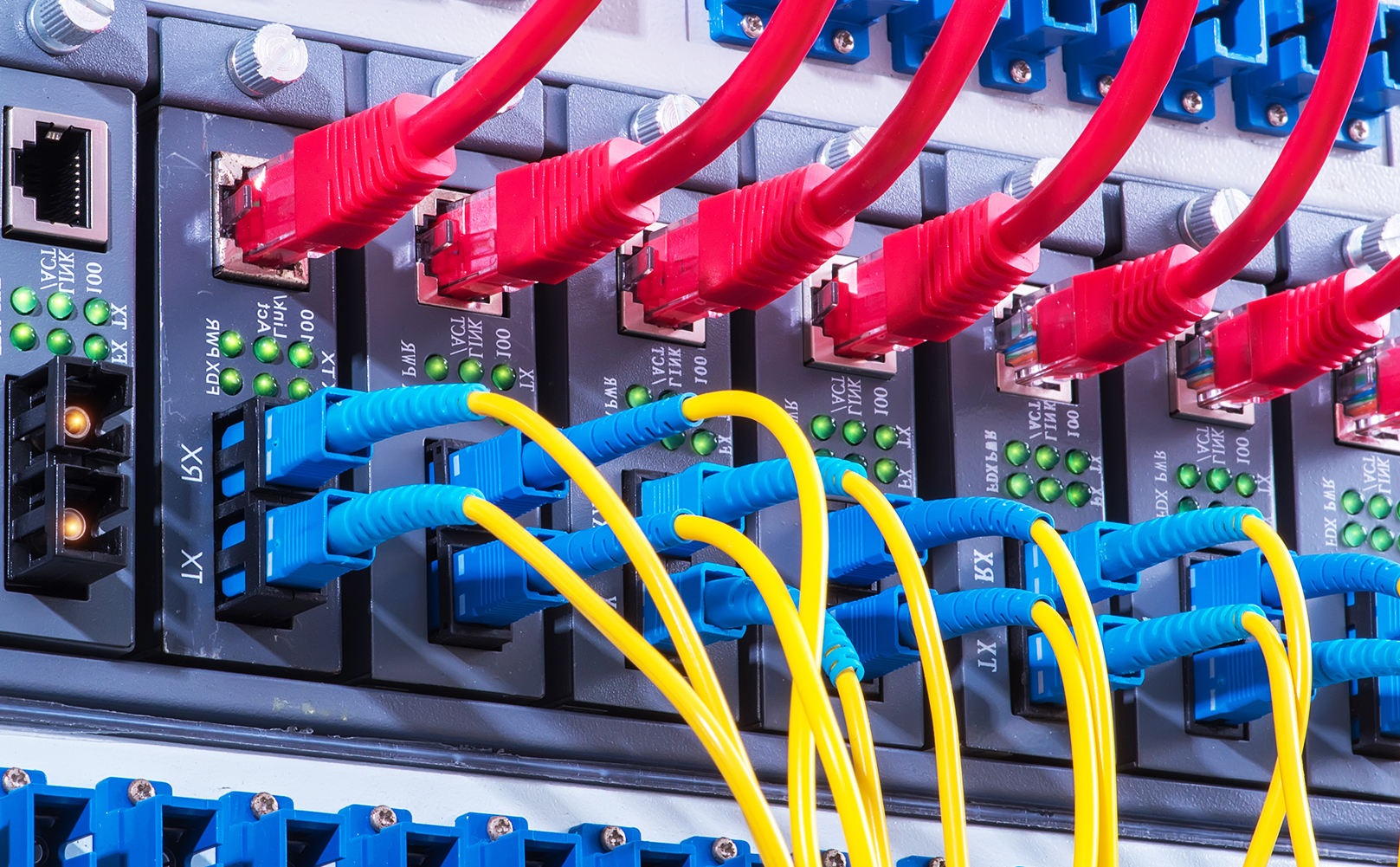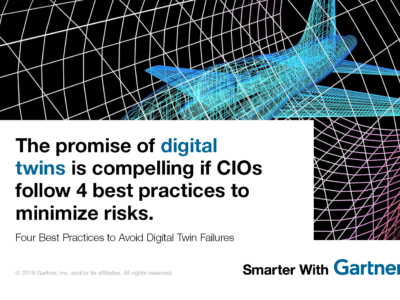Enterprises should look at BYOD as a short term fix
Contributor: John Lovelock
Enterprises spend an enormous amount of money on telecommunication services. As a percentage of their overall enterprise spend, it ranges from 11.8 percent in the United Kingdom, to a staggering 29.3 percent in Germany.
On a global scale, enterprises spend about the same amount of money on their IT staff as they do on telecom services, and four times as much on telecom services as they do for data center equipment, like servers, network equipment and storage. For what must be a large line item in any CIO budget, there has been little done to control these communications expenses which will reach $527 billion in 2019.
In the late 1990s, CIO’s did attempt to get the rising cost of cellular bills under control by turning over contract management to specialized third parties. In the last several years, the efforts have been minimal. Enterprise-wide contracts for cellular phone and data services have become somewhat commoditized, and contract lengths have extended. This has left most organizations complacent about communications services charges.
Surprisingly, the best short term fix for communication services charges is bring your own device (BYOD). Incentives to attract and retain consumer customers are at an all-time high, and enterprise reimbursed contracts can take advantage of these discounts – both for handsets and for the phone and data services. Gartner estimates the savings of an employer reimbursed line could be 30 percent or even more.
However, BYOD does not come without challenges. Technical challenges certainly; mobile device management, security, integration, provisioning, but there are also labor laws that must be met, tax implications handled, HR involvement, etc. There are a myriad of new skills and techniques that an enterprise must develop in order to successfully role out a BYOD program and make it cost effective. On it’s own, BYOD may not pass a cost/risk analysis. However, from a long term planning perspective, how can an IT department expect to handle the complexities of the Internet of Things (IoT), such as provisioning 1,000 new IoT devices on their network every day, if they haven’t built up the skills and techniques enough to handle employee cell phones?
Enterprises that charge into BYOD simply to gain cost savings, defer those ever increasing mobile data charges, will not fare well. BYOD takes an organization’s commitment. It requires many areas of the enterprise to work together and develop new policies and skills, before any cost savings can be realized.
Gartner analysts will provide additional analysis on the impact of telecommunications services spending on overall IT spending during the complimentary Gartner webinar “IT Spending Forecast, 3Q15 Update: Four IT Innovations You Missed”.
Mr. Lovelock is a research vice president and chief forecaster at Gartner. He leads Gartner’s quarterly worldwide IT spending forecast.
For more articles visit Smarter with Garnter website.










